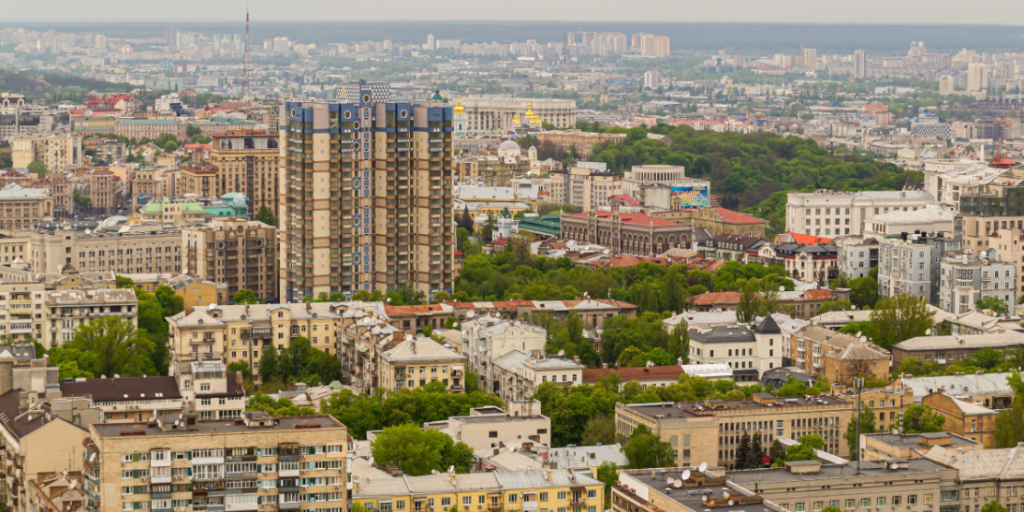Occupation Through Real Estate: How Russia Is Replacing Mariupol’s People
Others are reading now
When cities are taken over during a war, the destruction often lasts long after the fighting stops.
That’s what’s happening in Mariupol, a Ukrainian city that fell under Russian control more than three years ago.
Thousands of people died during the siege. Homes were bombed into rubble. Entire neighborhoods were left in ruins.
Now, Russia is seizing apartments in the occupied territories and giving them to Russians. These aren’t abandoned buildings.
Many of them belonged to Ukrainians who fled the war and haven’t been able to return.
Impossible to Reclaim Their Properties
Also read
According to The Wall Street Journal, local authorities are officially declaring the homes “uninhabited.”
This move makes it almost impossible for former residents to reclaim their properties or receive any kind of compensation.
At the same time, Russians who move into these areas are getting big benefits.
They’re offered new homes with ultra-low mortgage rates—as low as 2%. That kind of deal isn’t available to the people who once lived there.
Construction companies with ties to the Kremlin are stepping in. They’re making money by rebuilding homes and flipping the properties.
Also read
Most of the time, they buy them for very little from desperate owners who are far from home and unsure if they’ll ever return.
Been Done Before
This strategy isn’t new. Russia has done this before—pushing out the existing population and bringing in Russian citizens.
Mariupol is just the latest example. On the surface, things may look like they’re improving. Some videos show repaired buildings. Roads appear to be clean. There are even new parks and playgrounds.
But that’s not the full picture. According to residents still living there, only the buildings along major streets are being fixed.
Those are the ones filmed for media reports. In other parts of the city, people are still living in broken-down apartments.
Also read
Some buildings are so damaged that walls could collapse at any time. The outer image of recovery doesn’t match the daily reality for many people left behind.
This isn’t just a rebuilding effort. It’s a reshaping of who gets to live in the city—and who doesn’t.
This article is made and published by Anna Hartz, who may have used AI in the preparation


